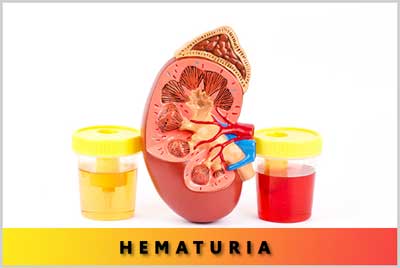- Home
- Editorial
- News
- Practice Guidelines
- Anesthesiology Guidelines
- Cancer Guidelines
- Cardiac Sciences Guidelines
- Critical Care Guidelines
- Dentistry Guidelines
- Dermatology Guidelines
- Diabetes and Endo Guidelines
- Diagnostics Guidelines
- ENT Guidelines
- Featured Practice Guidelines
- Gastroenterology Guidelines
- Geriatrics Guidelines
- Medicine Guidelines
- Nephrology Guidelines
- Neurosciences Guidelines
- Obs and Gynae Guidelines
- Ophthalmology Guidelines
- Orthopaedics Guidelines
- Paediatrics Guidelines
- Psychiatry Guidelines
- Pulmonology Guidelines
- Radiology Guidelines
- Surgery Guidelines
- Urology Guidelines
Uniform use of CT for hematuria increases cost and cancer risk: JAMA

Uniform use of CT for hematuria increases cost and cancer risk.
Strict adherence to guidelines that recommend uniform use of computed tomography (CT) to evaluate hematuria seems to cause radiation-induced cancers. This essentially erases CT's diagnostic advantage. The study has been published in JAMA Internal Medicine.
There is growing evidence of the potential harms associated with evaluations that are based on guidelines that recommend computed tomography (CT) scanning and cystoscopy for all patients with hematuria rather than risk stratification and less aggressive evaluation for low-risk patients, such as those with microhematuria, women, younger men, and nonsmokers, who can be imaged using renal ultrasonography.
Existing recommendations for the diagnostic testing of hematuria range from uniform evaluation of varying intensity to patient-level risk stratification. Concerns have been raised about not only the costs and advantages of computed tomography (CT) scans but also the potential harms of CT radiation exposure.
Researchers evaluated the benefits and harms of five guidelines. One, from the American Urological Association (AUA), recommends cystoscopy and CT urography in all cases of hematuria in patients aged 35 and up. Others, for instance Dutch and Canadian guidelines, recommend cystoscopy and ultrasonography (or no intervention) based on the patient's age and risk. Kaiser Permanente guidelines recommend CT only with gross hematuria.
In a theoretical sample of 100,000 patients with hematuria, the AUA's detection rate was highest (98%), while the Dutch rate was lowest (93%). However, radiation-induced cancers from CT amounted to 575 cases per 100,000 with the AUA approach, versus 108 with Kaiser's.
In all uniform computed tomography scanning appeared to be associated with more than 500 secondary cancers from imaging-associated radiation exposure and was approximately twice the cost of alternative approaches.
In this simulation study, uniform CT imaging for patients with hematuria was associated with increased costs and harms of secondary cancers, procedural complications, and false positives, with only a marginal increase in cancer detection. Risk stratification may optimize the balance of advantages, harms, and costs of CT.
The authors note that for now, "the best available evidence suggests that uniform use of CT for the initial evaluation of microscopic hematuria is ill advised."For further reference log on to:
Next Story
NO DATA FOUND

Disclaimer: This site is primarily intended for healthcare professionals. Any content/information on this website does not replace the advice of medical and/or health professionals and should not be construed as medical/diagnostic advice/endorsement or prescription. Use of this site is subject to our terms of use, privacy policy, advertisement policy. © 2020 Minerva Medical Treatment Pvt Ltd